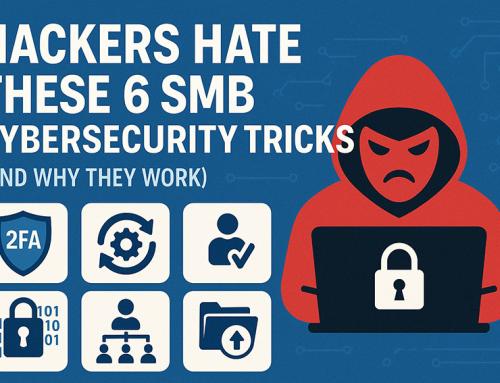If you’re still running Windows 7 or Windows 8, you could be vulnerable to a range of risks. That’s because Microsoft ended mainstream support for Windows 7 way back in January 2015, and its extended support will end in January 2020. Additionally, Microsoft discontinued mainstream support for Windows 8 in January 2018, and will end extended support in January 2023.
What does this mean? While you can still use Windows 7 and Windows 8 after support ends, you won’t receive any further security or functionality updates. This will leave you vulnerable to a wide range of risks, including cybersecurity attacks and hardware inefficiencies.
However, the solution is simple: upgrade to Windows 10 to secure all the extra security features and functionality that comes with the new operating software. If you delay this upgrade for much longer, you’re leaving yourself open to the following risks:
Hardware Slowdowns
Windows 7 and 8 are both several years old. To be honest, that may as well be decades in the fast-moving tech industry. Neither is designed to run on the latest hardware, which may cause system slowdowns and even crashes. It’s like dropping a Ferrari engine into a lawnmower and hoping for the best.
Bug Battles
Bugs are a fact of life for every operating system, and they can cause a wide range of functionality issues. As part of its extended support, Microsoft works to identify bugs and provides Windows users with regular fixes via downloadable updates. The end of extended support means no more bug fixes, so you’re on your own with any problems that arise.
Hacker Attacks
Hacking techniques are evolving incredibly quickly, and keeping hackers out of your system requires constant security updates. Again, Microsoft provides these security updates as part of its extended support service. Once this ends, your operating system won’t receive any further security updates, and you’ll be left unprotected against new hacks and exploits.
Software Incompatibility
Not all new software is backward compatible. As your operating system ages, the chance that new software or apps you download will not be able to run on it will only increase. Software developers pay close attention to operating system specs and often design new software to take advantage of the extra processing capability of more advanced operating systems like Windows 10.
As much as you love Windows 7 or 8, you can’t sit back and ignore the inevitable. Upgrading to Windows 10 will ensure you get the best out of your hardware, have access to bug fixes, are protected from hacker attacks and enjoy full compatibility with the latest software and apps.





